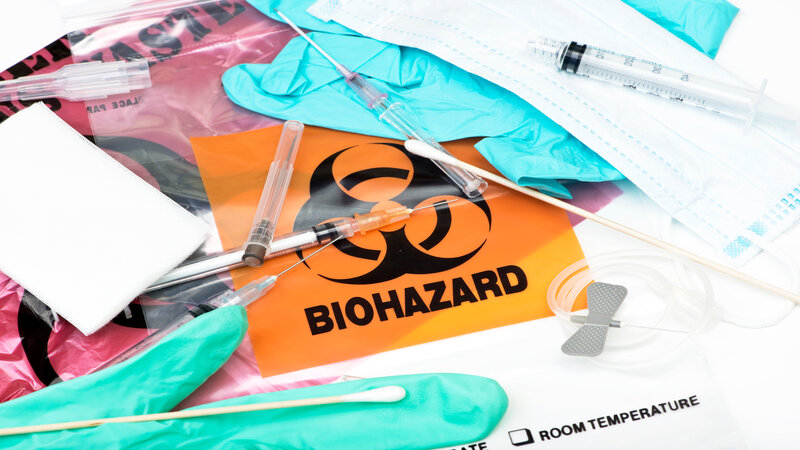When coping with biohazard decontamination and chemical spill in County NE residents require dependable and efficient solutions. Ensuring safety and compliance with health requirements is critical. Biohazard decontamination is the process of removing, cleaning, and disinfecting biological pollutants like blood, body fluids, and other potentially infectious materials. Careful handling of chemical spills is necessary to mitigate risks to human health and the environment. This guide provides a thorough review of the methods and measures required to handle these catastrophes.
Understanding Biohazard Decontamination
Biohazard decontamination is a necessary process that involves cleaning and disinfecting locations polluted with biological dangers. These risks can come from crime scenes, trauma incidents, or accidents involving bodily fluids.
Decontamination of Biohazards: Key Steps
-
- Assessment and Planning: The first stage is to analyze the level of contamination and design the decontamination process. This includes identifying all impacted areas and selecting the proper cleaning solutions and equipment.
-
- Containment: Contaminated areas are contained to keep biohazards from spreading to other portions of the property. This could include closing off rooms and employing negative air pressure systems.
-
- Removal and disposal: All contaminated materials, including carpeting, furniture, and belongings, are removed and disposed of in accordance with local rules. Proper disposal is critical to preventing future contamination.
-
- Cleaning and disinfection: The contaminated area is thoroughly cleansed and disinfected with EPA-approved cleaning solutions. This procedure guarantees that all biohazards are removed and the area is safe to occupy.
-
- Verification: Once cleaned, the area is inspected to ensure that all contaminants have been removed. This could include surface testing and other verification procedures.
Managing chemical spills
Chemical spills pose unique problems that necessitate a rapid response to reduce dangers to human health and the environment.
Steps for Handling Chemical Spills
-
- Identification: The first step in managing a chemical spill is to identify the spilled substance. This information is crucial for determining the appropriate response and protective measures.
-
- Containment: Spilled chemicals are contained to prevent further spread. This may involve using absorbent materials, spill containment barriers, or other methods to isolate the spill.
-
- Neutralization: Depending on the chemical involved, neutralizing agents may be utilized to make the spill safe. To avoid complications, this stage must be handled carefully.
-
- Cleanup: Once the spill has been confined and neutralized, it is cleaned up with the proper cleaning chemicals and processes. Proper disposal of cleanup items is critical to preventing additional contamination.
-
- Verification: Similar to biohazard decontamination, verification ensures that the spill has been effectively managed and the area is safe for reentry.
Why SERVPRO of Omaha Southwest is Your Go-To for Decontamination Needs
Addressing biohazard decontamination and chemical spills in County NE requires a meticulous approach and the expertise of trained professionals. By understanding the procedures and partnering with a reliable service provider like SERVPRO of Omaha Southwest, you can ensure that these emergencies are managed safely and effectively. Whether dealing with a biohazard contamination or a chemical spill, their professional team is equipped to handle the situation efficiently and effectively.

